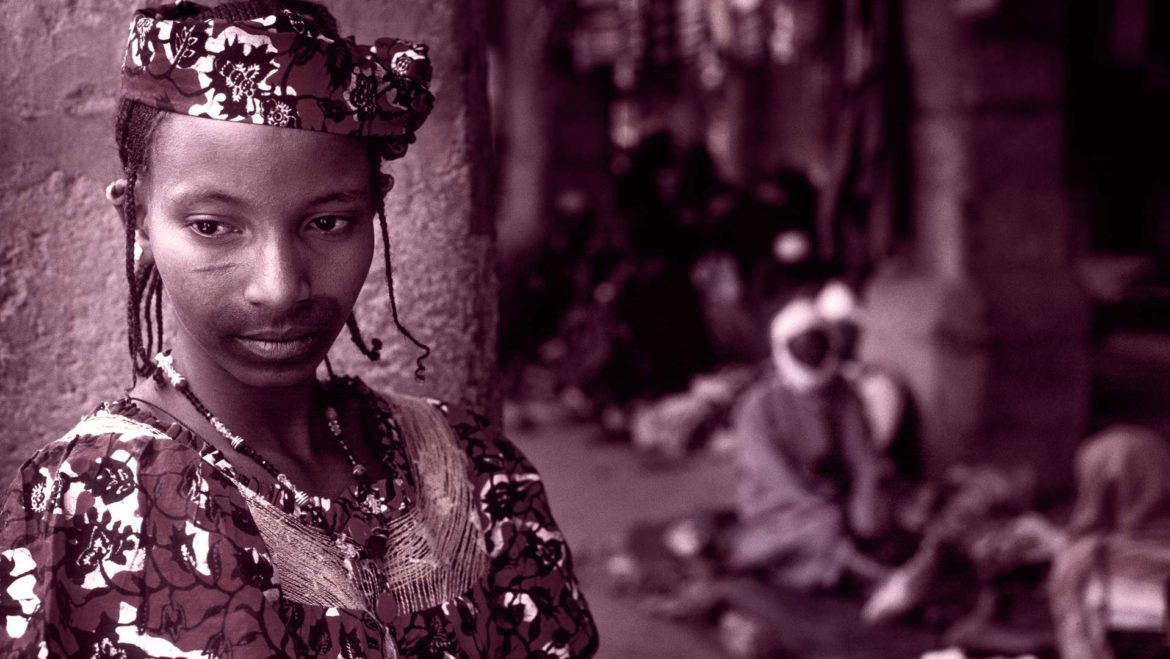
Tool 4 – Consistent Engagement with Indigenous Peoples’ Decision-Making Processes
In many places, Indigenous Peoples have retained some aspects of their traditional decision-making structures and processes. These should be used as much as possible. International standards and best practices recommend companies recognise, understand and work through traditional decision making processes as early as possible when working with indigenous communities. Identifying key decision makers can help companies better understand complications arising between, and within, indigenous communities.
Step Guide
STEP
1
Understand traditional structures and identify decision makers
- Investigate whether there are traditional decision-making structures and processes in place
- Consult broadly with a range of indigenous community members
- Talk to other companies who operate, or have operated in the area
- Consult with NGOs, academics etc who are familiar with the area
- Identify key decision makers
- Consider seeking professional advice from experts like anthropologists to assist in understanding traditional decision-making structures in the area
STEP
2
Question:
- Who makes important decisions on behalf of the community?
- Is there a recognised decision-making body or individual?
- Are formal processes employed to reach a decision? If so, what are they?
- How are disputes and differing opinions solved?
STEP
3
Ensure inclusivity in all traditional decision-making processes
- Include all voices from the community especially women and youth
- Conduct community needs surveys and baseline studies
- Hold separate, small, informal group discussions
- Use NGOs or other groups who know the area to seek the input of marginalised groups
- Ensure indigenous women decide how and when they participate in decision-making processes
- Explain to traditional decision-makers that it is important the company fully understands how its activities might affect all community groups
STEP
4
Document any agreed-upon consultation processes and protocols for each potentially impacted indigenous community.
- Create an engagement plan which should be reviewed and updated regularly
- Link the engagement plan to the operation’s broader management and planning processes
- Also link it to the company’s own traditional structures and future plans
STEP
5
If an agreement on process issues cannot be reached, document the rationale and steps taken
STEP
6
Build the capacity of traditional decision-making bodies
There may be limitations with traditional decision-making processes; traditional leaders may not have the capacity and technical knowledge to fully understand the complex issues associated with mineral project developments. Companies should:
- Provide culturally appropriate training and educational activities should be offered to traditional community leaders
- Train company staff to use plain and non-technical language when discussing complex information and ideas
- Download Table 2 (p61), this provides a list of aspects to consider
